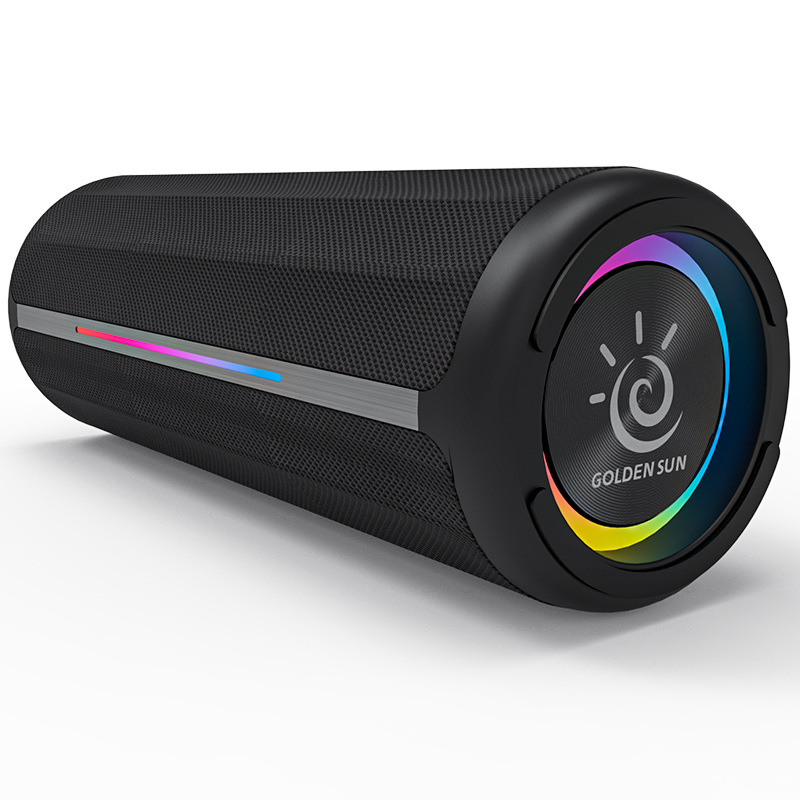With countless speakers on the market, how do you find one that truly delivers? Whether you’re an audiophile or a casual listener, choosing the right speaker can elevate your audio experience. In this guide, we’ll break down how to evaluate a speaker’s quality based on sound performance, hardware, design, and features—and put our [GS-BB01 portable speaker] to the test with a real demo video!
1. Sound Quality: The Heart of a Great Speaker
✅ Frequency Response: The human ear hears ~20Hz–20kHz. A good speaker covers this range smoothly (e.g., deep bass, crisp highs without harshness).
✅ Detail & Clarity: Can you hear subtle details (e.g., instrument separation, vocal nuances)?
✅ Distortion: Does sound stay clean at high volumes? (Look for THD <1%.)
📌 Live Demo:
👉 Watch the video below to hear our GS-BBO1 speaker handle different genres (classical, pop, EDM) with balanced tones and rich detail.
2. Hardware: Build for Performance & Durability
- Driver Units: Size and materials (e.g., woven glass fiber, aluminum diaphragm) impact dynamics.
- Amplifier Chip: High-end chips (e.g., TI, Cirrus Logic) ensure clean power delivery.
- Enclosure Design: Wooden cabinets reduce resonance; ported/sealed designs affect bass.
3. Connectivity & Compatibility
Look for versatile options:
- Wired: AUX, optical (lossless).
- Wireless: Bluetooth 5.0 (low latency), Wi-Fi (multi-room).
- Smart Features: App EQ tuning, voice assistant (Alexa/Google).
4. Design & Build Quality
- Materials: Metal/real wood > plastic (for acoustics and premium feel).
- Buttons/Ports: Tactile feedback, logical layout.
- Durability: IP rating (e.g., IPX5) for outdoor use.
5. Brand Reputation & Reviews
- Established brands (e.g., Bose, Sony) often offer refined tuning.
- Check user reviews for red flags (“muddy bass,” “Bluetooth drops”).
Verdict: Is GS-BBO1 speaker worth It?
Welcome to order to test!

